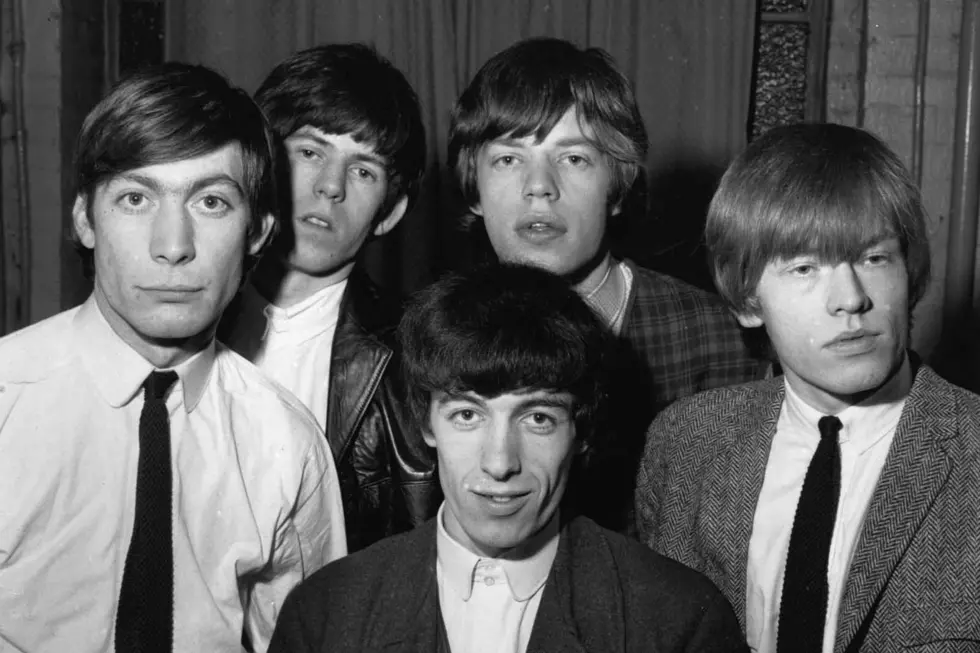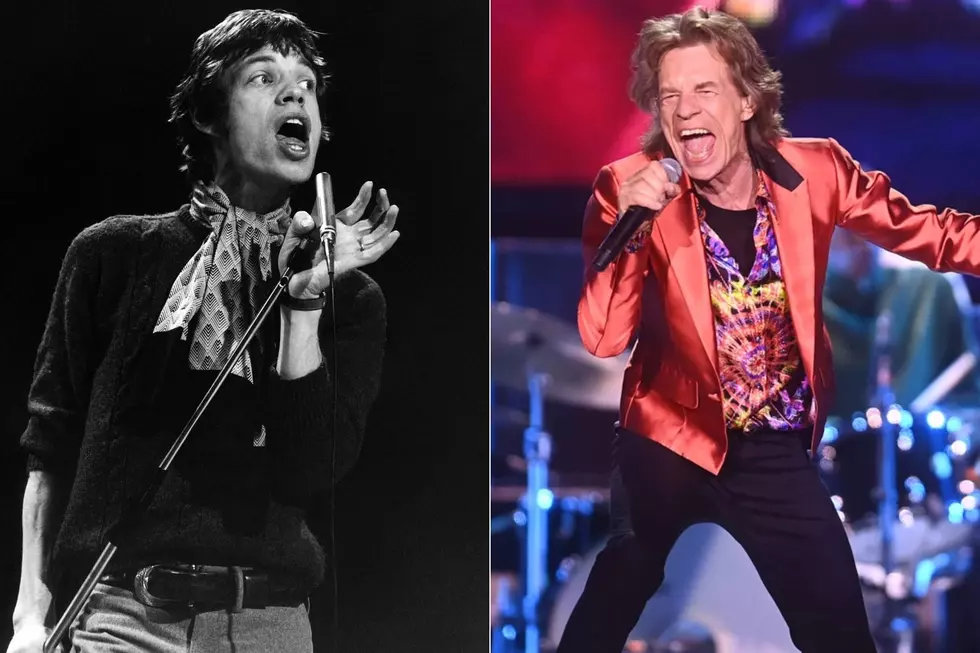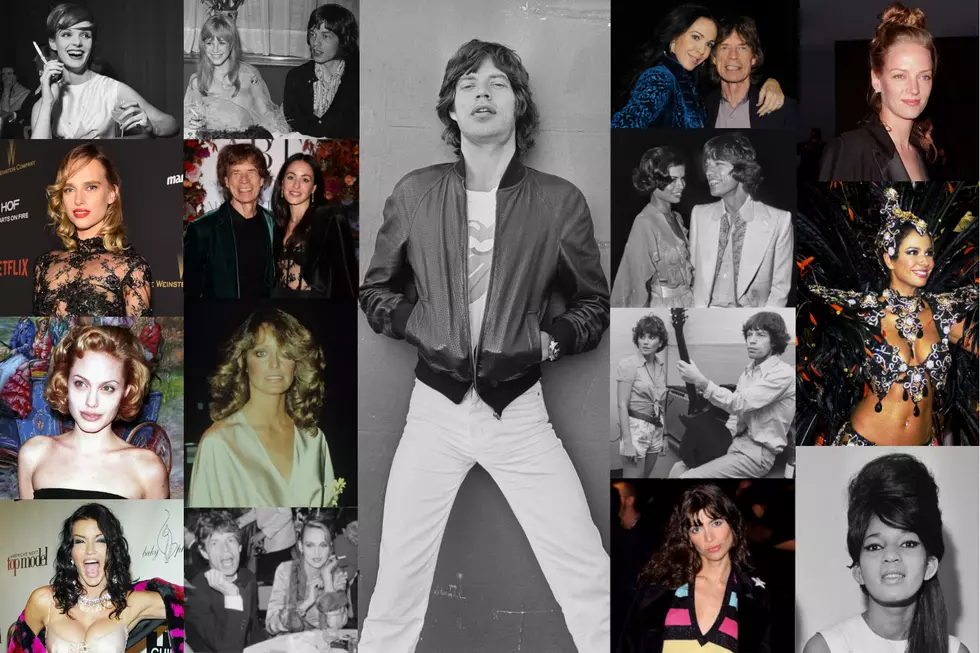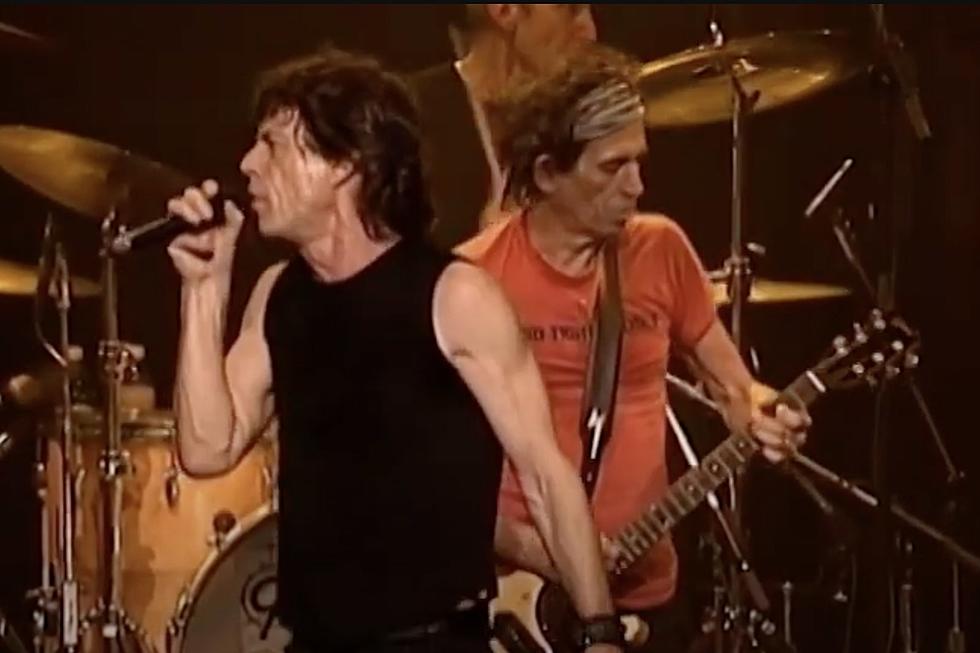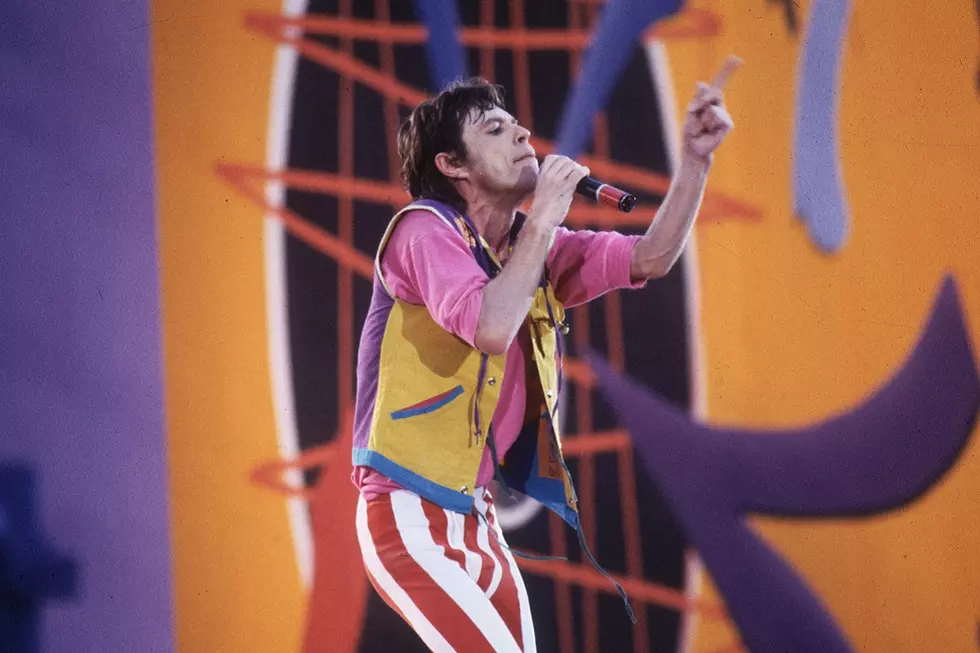
When Rolling Stones Launched a Big, Bright U.S. ‘Tattoo You’ Tour
It’s funny thinking about the Rolling Stones sticking to a schedule – especially in the darkest days of the ’70s when Keith Richards was at his most strung out. And yet, the Stones always toured North America every three years. Starting with 1966, then ’69, ’72, ’75, ’78 … it was like clockwork.
But a 1981 tour met with some resistance from Mick Jagger. Although a newly clean (if not sober) Richards was raring to go on the road in 1980 to promote Emotional Rescue, the frontman had thwarted any notion of a tour that year. Keef got his way in ’81, but he had to personally guarantee (and insure) that Ronnie Wood would not upset the band’s plans. Woody was freebasing cocaine at the time, and some of the band members were worried it could derail the tour.
“Anything to get the Stones on the road,” Richards recalled in his memoir, Life. “I figured I could handle him.”
In ’80, the Rolling Stones had an album, but no tour. A year later, it was the other way around. With Richards and Jagger not getting along creatively at the moment, and precious little time, the “new” album Tattoo You was cobbled together from scraps of leftovers, then given some needed structure and a quick polish. When released in August, it ended up delivering one of the Stones’ biggest hits in “Start Me Up.”
Amidst the album’s release, the Rolling Stones started practicing for the fall tour, which Jagger formally announced at a Philadelphia press conference. Following a small, warm-up gig in Worcester, Mass., the band launched its 1981 American Tour with two shows at Philly’s JFK Stadium on Sept. 25 and 26, 1981.
Although most of the songs were familiar and the Stones’ lineup – Jagger, Richards, Wood, Bill Wyman and Charlie Watts – remained intact, this tour displayed a new evolution for the band. Gone were the dark and dangerous days of ’70s, replaced by the bright colors and arena spectacle of the ’80s. When Philly fans arrived to the concert, they were greeted by a stage flanked by giant cartoon drawings. Goodbye “Memory Motel,” hello Romper Room.
“We worked with a Japanese designer, Kazuhide Yamazari [on the stage set],” Jagger recalled in 2003. “Those were daytime tours; there were no night-time shows… So we had the bright, bright primary colors, which were designed by Kazuhide and we had these enormous images of a guitar, a car and a record – an Americana idea – which worked very well for the afternoon shows.”
Watch a Report About the Rolling Stones' Philadelphia Concerts
The concerts also featured Jagger in a cherry picker tossing out flowers during “Jumpin’ Jack Flash” and a massive balloon launch. As for the music, fans remain divided over the merits of the Rolling Stones’ ’81 sound. Some see this era of the band as a wiry outfit’s last gasp, before big horn sections and a row of background singers joined up. But others disliked the Stones’ “thin” sound and Jagger’s “barking” delivery of the band’s classic tunes.
Either way, the group’s opening shows didn’t earn high marks from critics or even the band members themselves. Writing for Rolling Stone, Kurt Loder described a couple of messy concerts with bad sound (which was marginally improved for the second gig) that annoyed the Rolling Stones. He also noticed that the fans didn’t seem to mind. Once the tour was over, Jagger confessed the difficulties the band had at the tour’s start.
“I was a bit nervous at first because we went straight from doing one club gig to Philadelphia, which is in front of all those people. Yeah, I was a little nervous until I got on the stage and realized that although it was a little sloppy we got away with it,” Mick said in 1982. “It took us a few gigs to get with it – like... five, which were all huge gigs.”
Almost all of the ’81 shows were huge, played in domes, arenas and stadiums, with the exception of a lone stop at Atlanta’s Fox Theatre. As a live entity, the Stones were getting bigger, playing to more people in larger spaces. 180,000 people saw the first two Philadelphia shows, about 3 million attended the 50-date tour, which set multiple records for event attendance.
The Rolling Stones also made more money this time around. Rolling Stone reported the band’s gross income from the ’81 tour to be in the neighborhood of $50 million. Much of that came from tickets and merchandise, but a $1 million-plus sponsorship from Jovan Musk also helped. The perfume manufacturer paid to put the company name on Stones tickets in the first major tour sponsorship in rock ’n’ roll history. Former London School of Economics student Jagger oversaw every financial detail.
The Stones made even more coin on recordings from the tour, including a pay-per-view broadcast on Dec. 18, the 1982 live album Still Life and a Hal Ashby-directed concert film, Let’s Spend the Night Together. After the ’81 trek ended on Dec. 19 in Hampton, Va, the Stones took the show to Europe in ’82.
But mounting friction between the Glimmer Twins would prevent the band from sticking to its “every three years” U.S. touring schedule. Although the Rolling Stones would release more albums in the ’80s, they wouldn’t tour again until 1989, in support of Steel Wheels.
Top 100 Live Albums
See Keith Richards Through the Years
More From Ultimate Classic Rock
